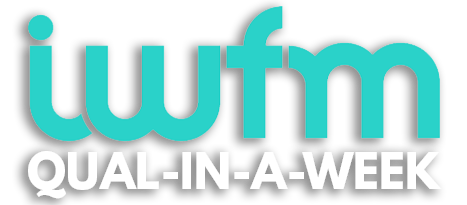Hi there,
Today is the final part of our series on the 5 different ways that facilities management supports the core business of an organisation. If you saw the original e-mail listing these 5 areas, you’ll know that today we’ll be looking at CSR.
Incidentally, if you missed the original e-mail or any of the previous e-mails in this series, don’t worry – we’ll be republishing them soon once our new website is up and running, so you’ll be able to go back and see what you’ve missed.
Supporting Corporate and Social Responsibility (CSR)
CSR, despite it’s noble intentions, sometimes gets a bit of a bad rap, mainly because many companies over the years have paid lip service to it or tried to use highly publicised CSR initiatives to mask unethical business practices.
However when used properly, CSR is definitely a good thing, both for the business itself and society as a whole.
So what exactly is it?
What is CSR?
Corporate Social Responsibility (CSR) is about how companies manage the business processes to produce an overall positive impact on society.
At a fundamental level, CSR involves going beyond looking solely at how to make the most money, to include a wider commitment to building a better society.
This can either be through actual business practices, or through “extracurricular” activities such as charitable donations, or staff volunteering projects.
Incidentally, it is becoming increasingly apparent that many companies who have demonstrated a commitment to CSR have also benefitted financially in the long-term, so it’s something of a virtuous circle.
How can it be measured?
One popular way of measuring a company’s CSR performance over time is the concept of the Triple Bottom Line. As the name suggests, this takes into account 3 ‘bottom lines’:
Profit – The traditional metric of corporate profit
People – The bottom line of an organisation’s ‘people account’ – how socially responsible an organisation is – for example how well it looks after its staff and the people within the local community
Planet – The bottom line of the company’s “planet” account—a measure of how environmentally responsible it has been.
All very nice, Chris. But this CSR stuff is all old hat – these days it’s all about ESG
Environmental, Social and Governance has emerged as a concept over the past decade. It is very similar to CSR, however there are a few differences.
There’s not the space to go into this in much detail here, but if you want a more detailed look at CSR, ESG and the differences between them, have a look at this article from the Corporate Governance Institute.
How does this apply to FM?
Good question, << Test First Name >>.
One of the main reasons why this is one of the five key ways that FM can support the core business is that there are so many aspects of FM that fall into the CSR remit.
Most obviously is environmental sustainability. As the business discipline responsible for energy management, waste management, building works etc, FM can play a key role in improving the environmental impact of an organisation.
Less obviously, but arguably just as important, is the ‘people’ element of CSR. Whilst ethical practices should extend to all employees across all levels of the business, it’s a fact that some of the workers who are most vulnerable to exploitation, abuse and poor working conditions fall under the remit of FM – cleaners, caterers and porters, for example. It’s therefore very much the responsibility of facilities managers to ensure that these people are paid properly and treated with respect.
And don’t think that FM can wash its hands of these responsibilities by outsourcing business functions to external service providers. The responsibility for maintaining CSR principles ultimately rests with you, so make sure that your procurement processes and contract management systems are set up in a way that accounts for this.
That’s all folks!
That’s it for this week, and we’re also drawing the curtain on this series – at least for the time being. Next week we’ll be moving on to something new, so watch this space!
Have a great week
Chris and the Xenon Group team
P.S. If you haven’t already studied or started studying for an IWFM qualification, which will cover topics like this in depth and fully assess your understanding, you may want to have a look at our guide to the IWFM Qualifications which will give you a full breakdown of how they work and what’s involved in the different levels. You can download it here.
P.P.S. If you’re already considering taking a qualification but don’t know which level to go for, a good starting point is our One-Minute-Leveller tool, which will ask you a few questions and give you a recommendation based on the result. You can access it here.



